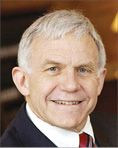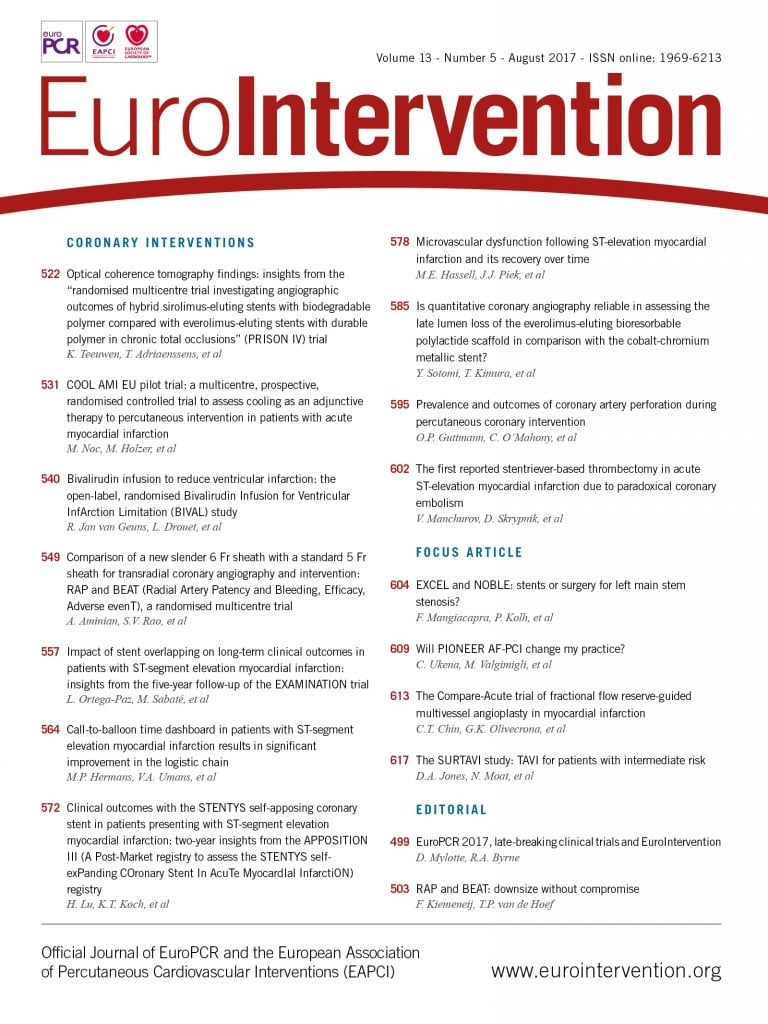
You have travelled far –learning the science– glimpsing the shadows of that art on which you will continue to build your life. Long nights on call, pre-op visits, signing consent forms, presenting at case conferences, making the best of your decisions when things go awry, holding groins or left to put on the radial cuff arm band, available to the nursing service for questions about hypnotics or small bruises. You have been exposed to a variety of situations under the watchful eye of your supervisor or mentor, your programme director, always a person to turn to for a plan B. You have learned a great deal from them, and now you begin the next phase – the “you and your team”, not the “you and their team of which you may be only a member”. And what are the things that you should carry with you on that next journey? What can you do to make it, to mould it into everything that you want it to be, that it should be and can be? How do you reach those successes that you desire – that you have reached for and dreamed about? How do you avoid the sand traps? Your parents believed in and applied the adage “work hard and be successful”. But what exactly does that mean in this uncharted territory? What are the lessons to be learned?
1. Show up to learn – what works, who works, and how does it work?
Riding in on a white horse from a well-known training programme with the intent of saving their world is a recipe for failure. They may either not think that they need to be rescued or not know that they need to be rescued. Take the time to learn. Show up ready to learn, to absorb. There will be time later to render opinions about different options. Trying to convert places and people who do either not want to be converted or need to be converted is, at best, an unpleasant and uphill battle with usually only losers. Change from within is usually more well accepted than change imposed from above or beyond.
2. Your goal
Your goal is to help build and enhance a practice, to make it better, to optimise patient care, to deliver the promise of your potential, to enhance the growth and reputation of the community as a leader of innovation and quality care.
3. Make patient selection choices carefully
There are risks and benefits associated with all of the things we offer and do. Select cases that you can do successfully and do them to establish your skills and outcome. An interventional career that starts out with spectacular failures because of reaching too high is tough to recover from. An early success record does much to enhance your career and, because of that, patient selection is central.
4. Ask for help
As an early career interventionalist, it is important to establish a good safety record and a successful track record. Discuss cases before and during the procedure to enhance patient selection criteria. If percutaneous transluminal angioplasty (PTCA), developed and initiated by Grüntzig, had originally been evaluated and performed in patients with cardiogenic shock, with poor outcome, the ability of programmes to build would have been in doubt. Success breeds success. Ask often. Everyone likes to be asked. Be careful in performing high-risk cases independently. Whenever in doubt, ask for help from senior colleagues either in private practice or from other groups in the same practice or at the university hospital where you are working. Not only will this translate into a rapport-building exercise, but it will also instil confidence and the faith of your partners and colleagues in your judgement and priority for patient safety.
5. Be available
As a junior colleague establishing a practice, it is important to be available at all times. Be there, show up. At the end of the day in the catheterisation laboratory, if there is a room still going, pop your head in and ask if they need a hand. Be available to cover for senior colleagues, be available to take extra calls or shifts, and be available to lend an extra pair of hands in the cardiac catheterisation laboratory, arrive at emergency lights early and stay late. The ability to be available at all times and say “yes” will go a long way.
6. Always speak with the family and call the referring physician before and following the procedure
If you are performing a diagnostic case for a partner or colleague, call the physician to discuss the issues and also call the family to keep them informed. The toughest position to be in from a family standpoint is waiting at the end of the phone for some news. At the end of each case in the cardiac catheterisation laboratory, be certain to speak with the family members in person and call the referring physician (internist, family practice, or cardiology colleague) to share updates on patient care or relevant procedural details. This practice will not only strengthen your referral base, but it will also lead to long-lasting camaraderie and personal relationships with colleagues from different medical disciplines.
7. Know and treat the cardiac catheterisation laboratory staff well
Early on in the job, spend time with the cardiac catheterisation laboratory staff and get to know them well. They know your name, you should know theirs. Asking how their family is, or how their weekend was makes you human and involved, and fills out your profile as a caring person. The staff members are technically skilled and possess a greater depth of clinical experience than you when you first start out, and they will know when you are nervous and not comfortable with a challenging clinical situation early on. If they know you well –and know that you mean well– they will look out for you. Listen to them, they may have seen other physicians do something differently and you can learn from them.
Teach them as you move along, about interesting findings or issues. They want to learn as much as you do. Talk about the case as you go along, being very attuned to the fact that the patient may hear you talking about them. Talking to the staff is particularly important if there is a suboptimal outcome. They grieve like you if the end is poor. You are human as are they. You are a team. This is true team-based care. After a tough case, involve them as your team in how it could have been done better.
Tickle their fancy, show them that the pedestal that you are on is the same one that they are on, and the “feet of clay” come in all sizes.
8. Involve colleagues in projects
As you progress in your career and start working on hospital-wide quality improvement initiatives, private practice growth, or clinical research projects, it will be important to invite your colleagues and seniors in the practice or the institution to be partners in your projects. This will accelerate your integration into the group’s fabric and, before you know it, you will be an integral part of your group’s or division’s core.
9. Be prepared
Finally, be prepared to enjoy all that you do, revel in the challenges and turn them into opportunities. Do not take no for an answer but do it graciously with at least a modicum of self-deprecating humour. Go for it. It is indeed “living the dream”.
This is the time of your life. Make it what you want it to be. Shoot for the moon.
Travel safely and be well.
Conflict of interest statement
The author has no conflicts of interest to declare.

